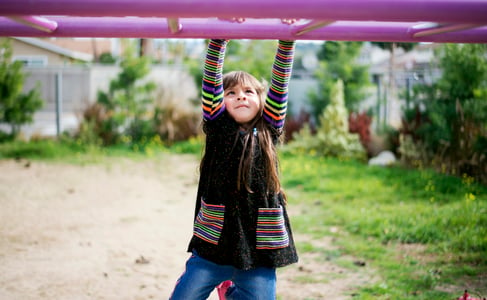
It’s hard to deny that the CLASS Observation Training is effective in its primary goal: developing reliable CLASS Observers. Our impressive pass rates are proof of this. However, there is a lot more to conducting CLASS observations than just “being reliable” (AKA choosing valid scores). Field assessors must also learn the observation protocol that is outlined in Chapter 2 of the CLASS Manual. The manual provides guidance on field protocol; however, it is often up to organizations to develop their own standards for data collection.
Due to these nuances, new and experienced observers often have real-world questions that come up long after the observation training experience. Luckily, observers now have the online CLASS community where they can pose these (and any) CLASS questions to hundreds of CLASS users, from beginners to experts.
Speaking of which, a CLASS community member recently posed an excellent question on this very topic:
Why is it acceptable to assess Infant CLASS and Toddler CLASS during any outdoor play, but Pre-K CLASS only if is there is a learning activity outdoors? What is the reasoning behind that rule?
Here’s how this question was addressed:
Based on a quick review of Chapter 2 (rules for what to observe section) of each manual, my guess here is that the key is the word "guided." Essentially, just about all infant and toddler activities (even free play) are going to be adult-guided, in a sense, because of the level of care children need at those developmental levels. However, in preschool, children become more autonomous and could potentially partake in outdoor, unguided play with just light supervision of an adult.
What we're really trying to understand is the quality of the teacher-child interactions during times when there is opportunity for learning and development. For infants and toddlers, that is pretty much all the time unless there is a serious disruption (like a fire drill or unexpected teacher illness). For preschoolers, we count pretty much everything but recess (and serious disruptions). I would love to hear others expand or clarify my thoughts on this!
Another user confirmed this response:
In a nutshell, it's not unusual for preschoolers to run around the playground to burn off steam—while teachers are nearby monitoring—thus, no teacher-child interactions. On the other hand, infants and toddlers are much more likely to be engaged with adults, making CLASS observations a fine idea.
So there you have it! Do you have additional questions about CLASS observation protocol? Bring them to the CLASS Learning Community today!

